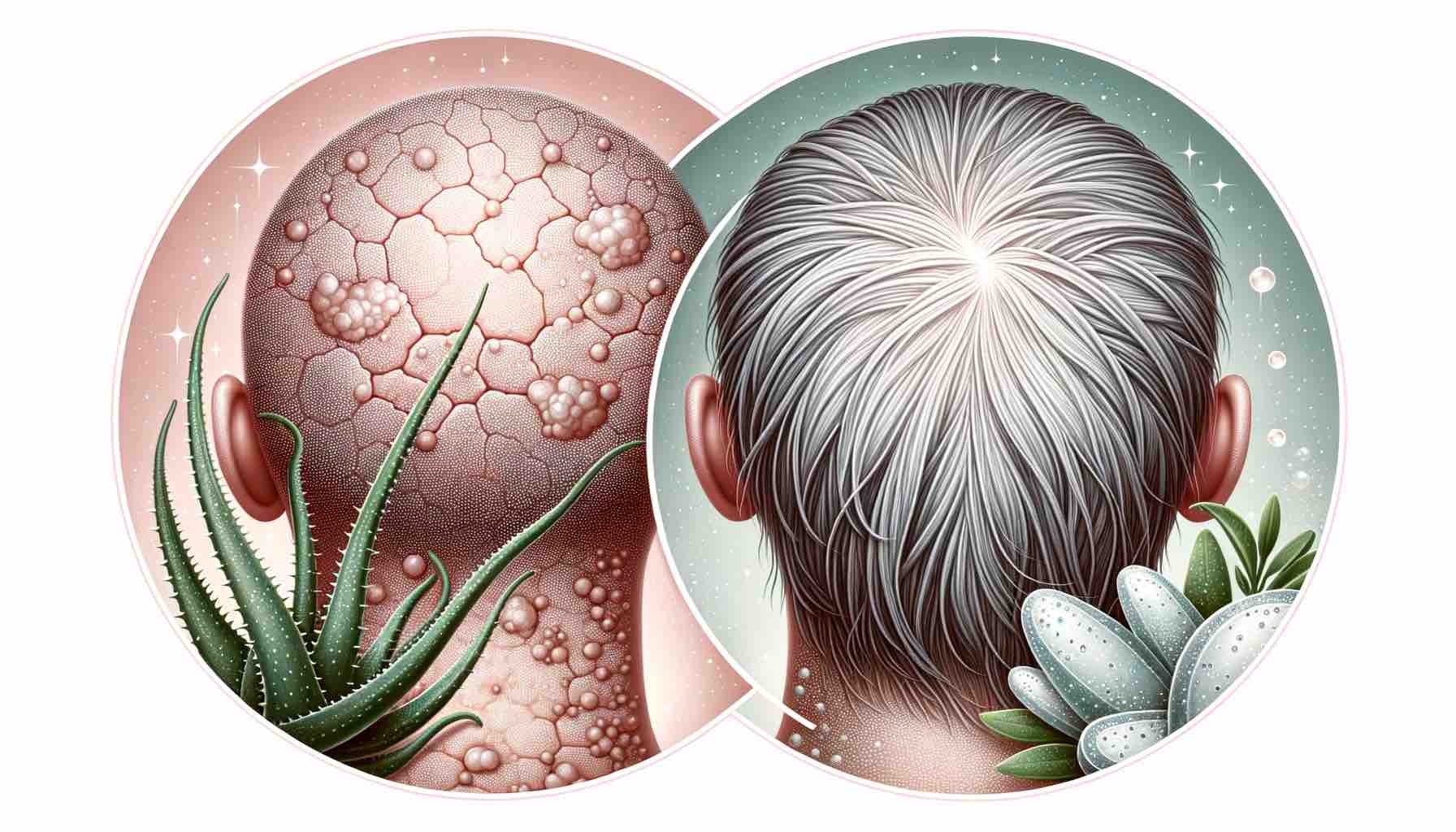
Embarking on a journey through the landscape of scalp conditions, two prominent landmarks emerge Scalp Psoriasis and Seborrheic Dermatitis. These conditions, with their overlapping territories marked by symptoms such as itching, flaking, and inflammation, often create a challenging terrain to navigate. This guide aims to be your trusted map, delineating the subtle contours and pathways that define each condition, helping you traverse the landscape with clarity and confidence.
Introduction: Setting the Scene
In the vast realm of dermatological conditions, Scalp Psoriasis and Seborrheic Dermatitis stand as two formidable entities. Their realms intertwine with shared symptoms, creating a tapestry of conditions that often blur lines and boundaries. Both conditions lay claim to the scalp, establishing their presence with a cascade of symptoms that echo each other yet stem from distinct origins.
Scalp Psoriasis: The Silver-Scaled Territory
Scalp Psoriasis carves its niche in the dermatological landscape with its signature silvery scales. It’s a reflection of an internal tumult, where the body’s immune system orchestrates an accelerated symphony of skin cell turnover.
- Appearance: Thick, well-defined plaques adorned with silvery scales.
- Distribution: Its territories often expand beyond the scalp, exploring other regions of the body.
- Associated Conditions: Often travels with companions like joint discomfort or psoriatic arthritis.
Seborrheic Dermatitis: The Greasy Frontier
Seborrheic Dermatitis paints the scalp with strokes of redness and greasy, dandruff-like flakes. It’s a narrative woven with threads of yeast overgrowth and inflammatory responses.
- Appearance: Red, greasy scales that often lack the thick armor seen in psoriasis.
- Distribution: Prefers to dwell in oil-rich territories like the scalp and face.
- Triggers: Stress, cold weather, and certain medications often stir the waters in its domain.
Navigating the Differences: A Comparative Odyssey
Embarking on a comparative odyssey unveils the distinct paths each condition treads. The journey unfolds with signposts like appearance, distribution, and associated symptoms guiding the way.
Treatment Pathways: Charting the Course
The roadmap to relief is dotted with various stops, each offering a sanctuary of treatment options. Topical corticosteroids, antifungal agents, and specialized shampoos emerge as familiar rest stops along the way. However, the journey also invites explorations into the realms of natural remedies and lifestyle adaptations, as discussed in this insightful article.
Conclusion: Arriving at Clarity
Navigating the intertwined paths of Scalp Psoriasis and Seborrheic Dermatitis is a journey enriched with insights, understanding, and nuanced care strategies. With a well-charted map, the voyage through diagnosis, differentiation, and treatment unveils a horizon of hope, relief, and effective management.
FAQs for the Post
- What are the key differences between Scalp Psoriasis and Seborrheic Dermatitis? Scalp Psoriasis and Seborrheic Dermatitis, while similar in appearance with symptoms like redness and scaling, have distinct characteristics. Scalp Psoriasis often presents as thick, silvery scales and may extend beyond the scalp. In contrast, Seborrheic Dermatitis appears as greasier, less defined scales primarily affecting the scalp and face.
- How can one effectively manage and treat Scalp Psoriasis and Seborrheic Dermatitis? Management strategies vary based on the specific condition. Common approaches include topical treatments, medicated shampoos, and lifestyle modifications. Tailoring treatment to the individual’s needs and the specific characteristics of the condition is crucial for effective management.
- Can lifestyle and environmental factors influence Scalp Psoriasis and Seborrheic Dermatitis? Yes, factors such as stress, weather conditions, and certain medications can influence the severity and manifestation of both conditions. Understanding and adapting to these factors is an essential aspect of managing the conditions effectively.
Blog Tags for the Post
scalp psoriasis, seborrheic dermatitis, scalp conditions, dermatology, skin health, inflammation, treatment strategies, symptom management








